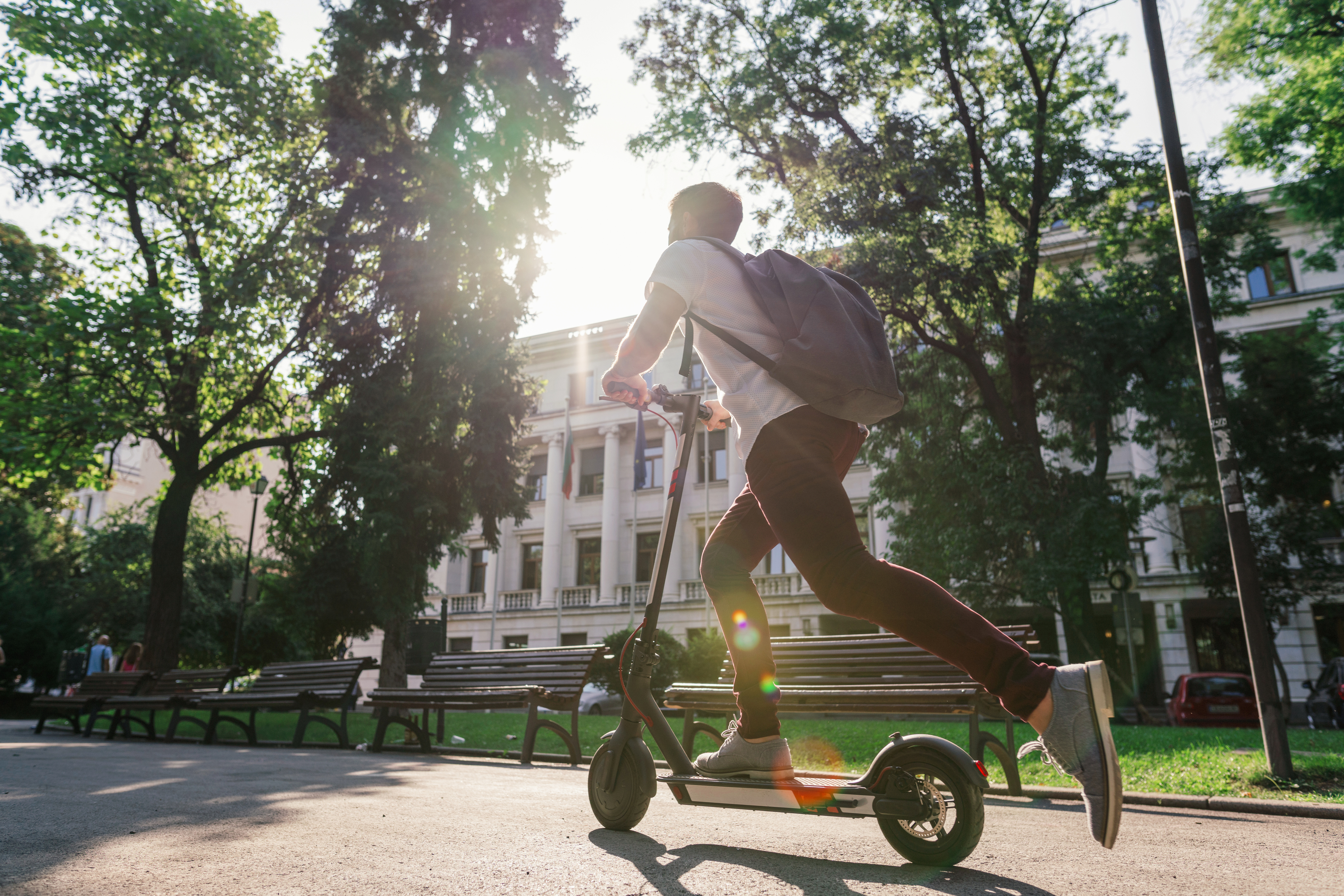Robert B. Noland, Hannah Younes, Wenwen Zhang, Clint Andrews, and Leigh Ann Von Hagen
Over the last decade, a variety of transportation solutions facilitated by new technologies have emerged. Of these, self-driving vehicles seem to have generated the most excitement among policy makers and such vehicles were promised to be commercially available by 2020. Achieving fully autonomous self-driving vehicles has proved to be a more difficult challenge than originally anticipated. On the other hand, electric vehicle technology has improved immensely and will overtake traditional fossil-fuel powered vehicles in the next ten years, maybe sooner. In the last few years, location-based technologies and compact batteries have enabled various “micromobility” solutions – exemplified by small vehicles that are typically both electric and shared. E-scooters are the most pervasive example, but e-bikes and traditional pedal bicycles are also shared (of course, many are owned by users as well). These new technologies have been embraced by planners as a solution for short trips, while also reducing carbon emissions and providing enhanced access to transit.
E-scooters, however, have created the most controversy in many cities. Some consider them dangerous both to those who use them and to pedestrians. There is evidence that first-time users are at most risk to themselves, but all users face greater risk from interactions with motor-vehicles and poor pavement conditions. This leads some e-scooter users to use the sidewalk, but this can cause safety issues for pedestrians if those using the e-scooters are reckless. Using some of the technologies developed for automated vehicles, an interdisciplinary team led by the Bloustein School is examining solutions to these problems and creating innovative planning solutions to make streets safer for all.
Currently we are developing methods to identify e-scooters in video provided by traffic cameras (including some that we will deploy). This will enable us to identify safety issues and to understand how e-scooter users interact with other users of the street. We are also designing urban experiments in collaboration with the City of Asbury Park. These will involve examining user behavior before and after a temporary bicycle lane is built along the main route from downtown Asbury Park to the boardwalk along the shore. Following this, we will engage with the community using various virtual reality tools (being developed by our team) to demonstrate the e-scooter user experience.
Will making these modes safer solve our transportation problems? Will people embrace this mode of travel for short trips (which make up the majority of all miles traveled) once these modes are made safer? Other research suggests that these modes are likely to serve niche purposes and user bases. Those who use them tend to be younger and male. They are often used for recreational purposes, but there is also evidence that in some cities they serve commuters, people who do not own motor vehicles, and people with disabilities, often replacing walking trips or transit trips. These modes are also sensitive to weather conditions, with use being much lower in colder and rainier weather. The tech companies developing these modes of transportation, however, are still developing and deploying new micromobility options, including sit-down e-scooters, e-bikes, and some we are not yet aware of. These might offer future solutions that will appeal to more people, reducing the need for short automobile trips. These new modes have the potential to provide better access for all, including people with limitations due to age, physical fitness levels, or disabilities. The secret ingredient is to provide safe street space that is welcoming to all users.
More information at:
https://bloustein.rutgers.edu/micromobility/
http://njbikeped.org/micromobility/

